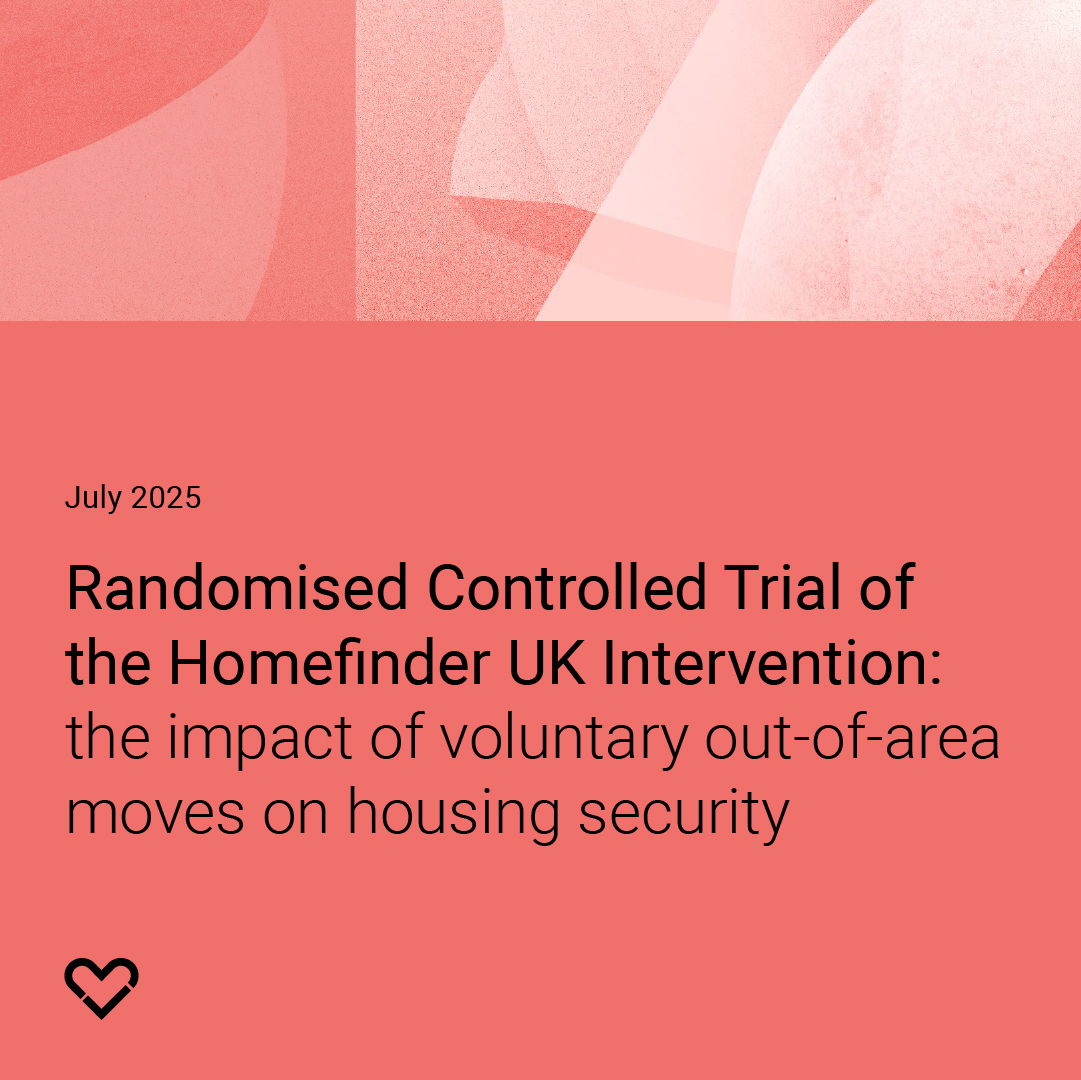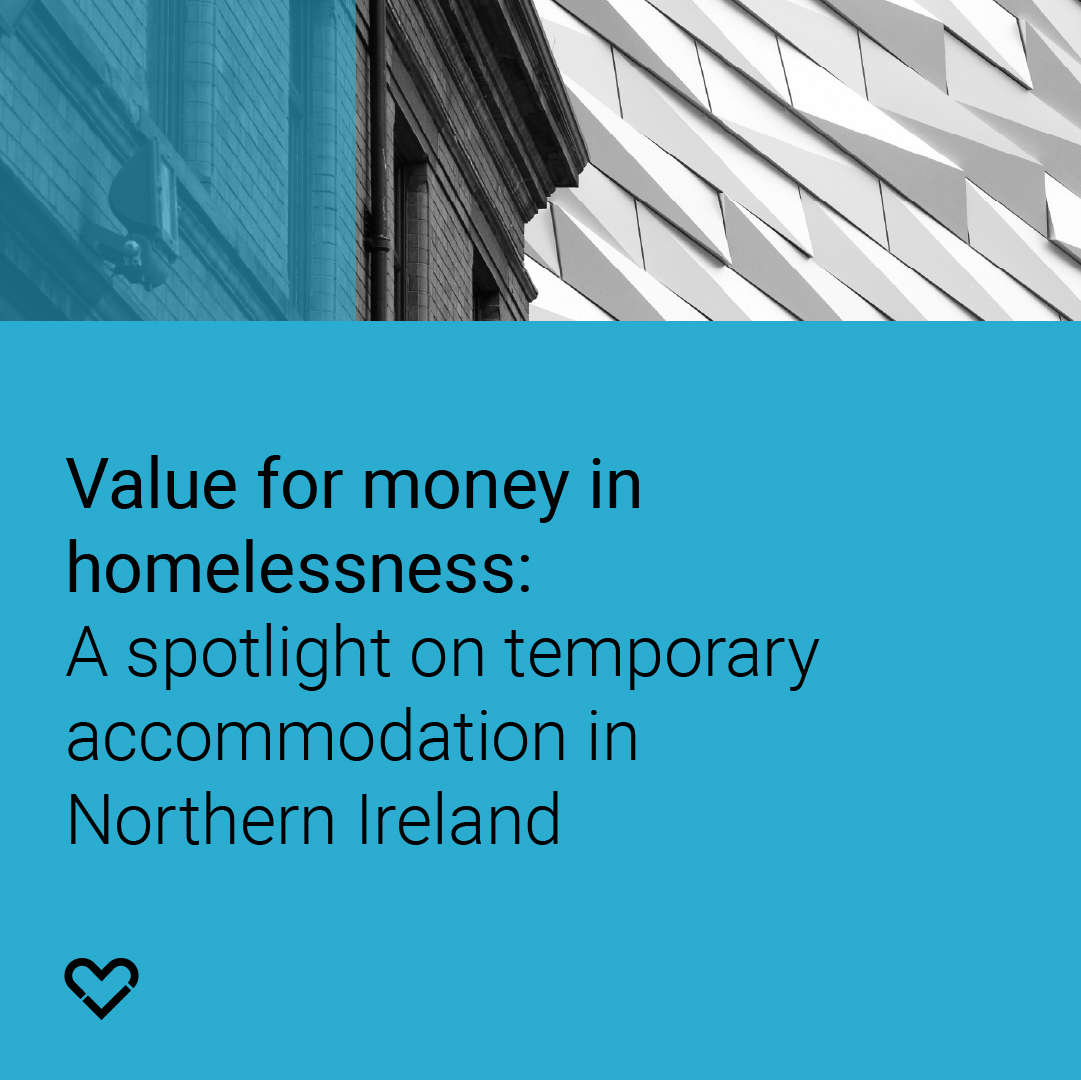What Works Evidence Notes: Prison Discharge and Homelessness
Brief Outline of the study
This study examines the connection between prison discharge and homelessness across the UK, reviews how well current government programmes are working, and identifies the most promising approaches to help people secure stable housing after their release. The findings highlight what works well and gaps in interventions and areas of focus for practitioners and policymakers which could make a real difference in breaking the cycle between prison, homelessness, and re-offending.
Findings in brief
- People leaving prison in England experience homelessness at a rate 40 times higher than the general population (6.3% vs 0.16%).
- In 2021/22, 4.2% (6,090) of households owed a homelessness relief duty in England became homeless immediately upon prison discharge. There is also a consistent link between prison discharge and homelessness in the other UK nations
- Government survey data indicates 53% of people experiencing street homelessness in England have previously been in prison, with 11% indicating prison as their most recent accommodation
- In 2026, two thirds of people who experienced homelessness after prison release in England and Wales were reported as having re-offended within a year, compared to half of the total prison release population
- Employment outcomes are poor: only 13% of people released from custody were employed after six weeks; 50% of employers say they would not consider employing someone with a previous prison stay
- Existing government programmes show mixed results: 'Through the Gate' services face underfunding and understaffing; Duty to Refer captures only a proportion of those experiencing homelessness after leaving prison
- Community Accommodation Service Tier 3 (CAS3) shows initial housing improvements, but fails to maintain long-term housing stability
- Critical Time Intervention (CTI) improved contact with mental health services for prison leavers, but housing outcomes have not been systematically evaluated for this population
- Housing-focused re-entry programmes show promise for both housing stability and reduced reoffending but require more systematic evaluation.
Recommendations in brief
- Promote implementation of evidence-based, integrated approaches such as CTI and re-entry programmes, with robust evaluation focusing on their impact on housing outcomes
- Increase coordination between public services and service providers before and after release through development of interagency protocols with stakeholder input
- Explore and evaluate programmes which seek to increase access to settled accommodation, including landlord incentive schemes and to provide guaranteed accommodation upon release from prison
- Increase prison and frontline workforce capacity and support to reduce staff burnout
- Coordinate interventions with local authorities at the start of sentences, complete homelessness applications before release, and avoid scheduling releases on Friday afternoons
- Conduct robust evaluation of promising programmes such as Scotland's SHORE (Sustainable Housing on Release for Everyone)
- Improve data collection across UK nations to better understand the scale and nature of post-prison homelessness.
No items found.





.jpg)

